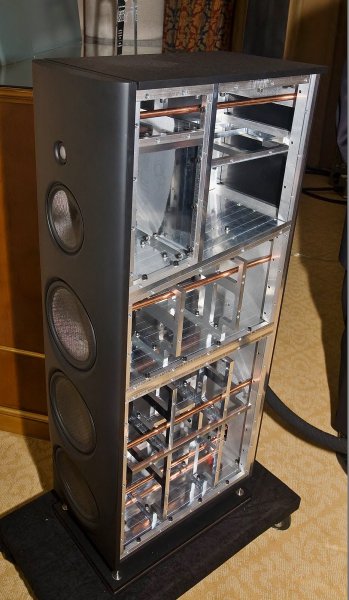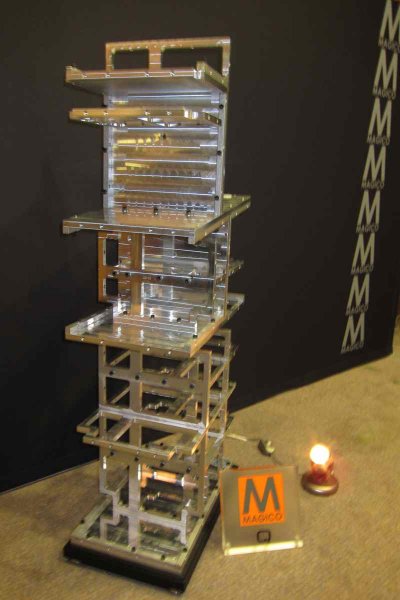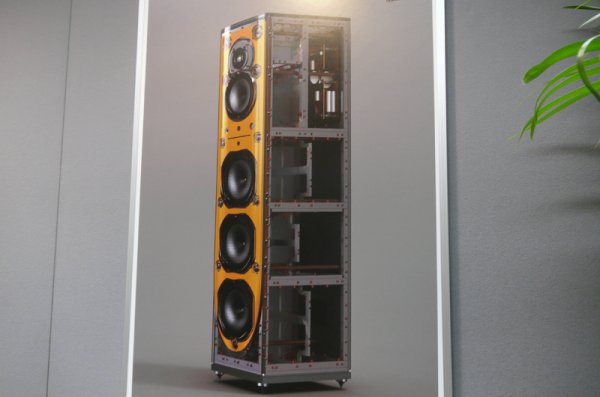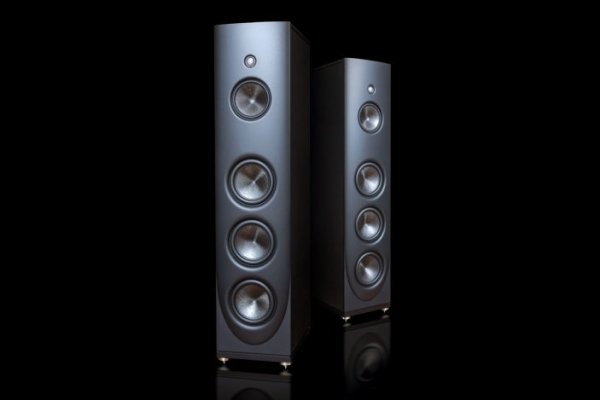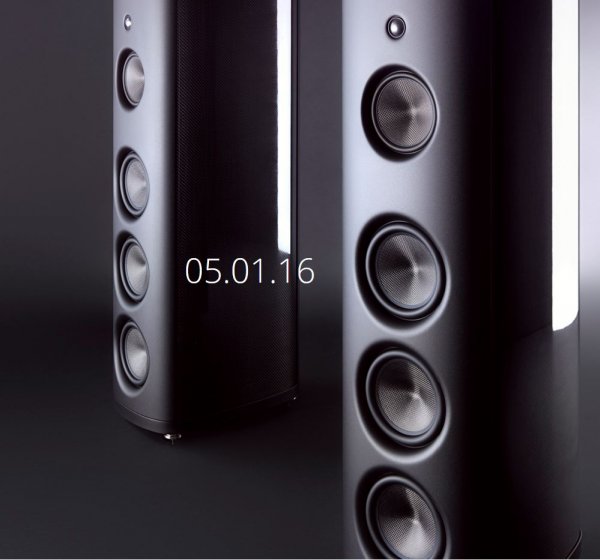Why? What would that offer? BTW, the Q1 goes deeper in the bass than the S1 does.
And no, the Q1 is not a "bookshelf". It's a monitor on stands. Apparently you haven't heard what a good monitor can do, otherwise you wouldn't use that dismissive language.
I am NOT dismissing bookshelf speakers, Dynaudio C1s will rock a room given enough power. But what does a bookshelf shaped speaker permanently attached to a stand bring to the table? Why didn't the S1 follow the same form? Just my opinion, but I would not be surprised to see the Q1 replaced with a tall and thin floorstander.


